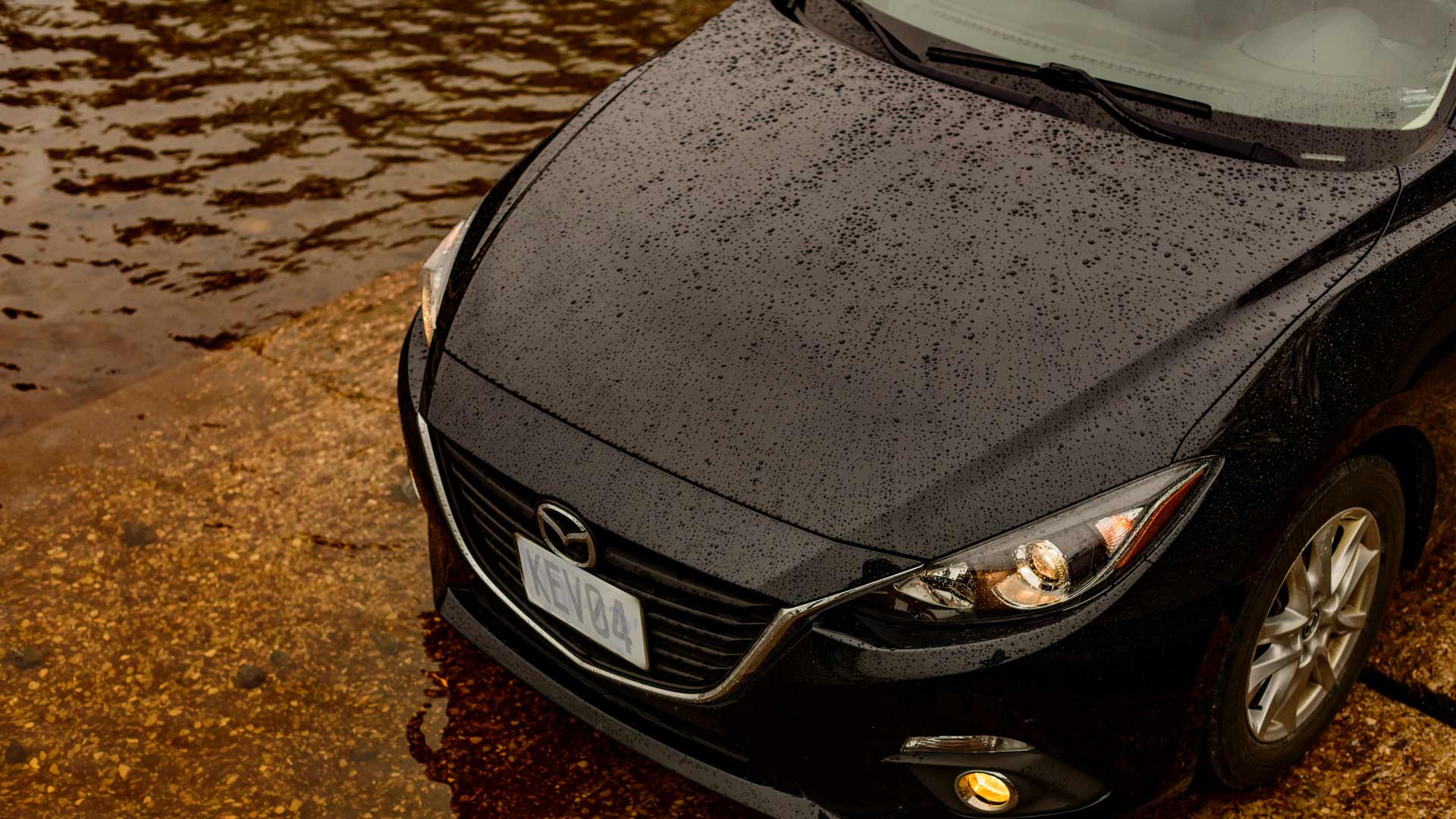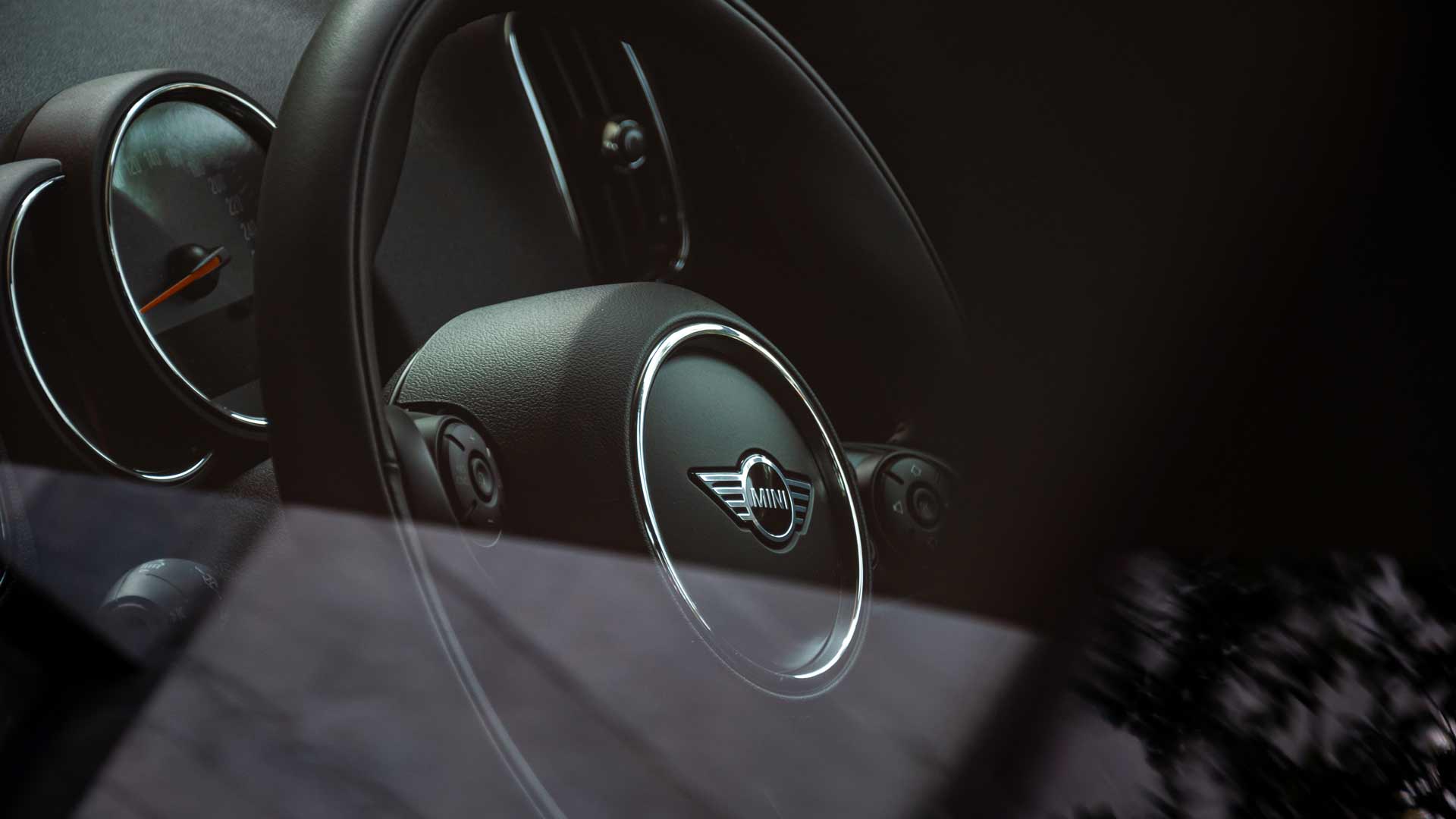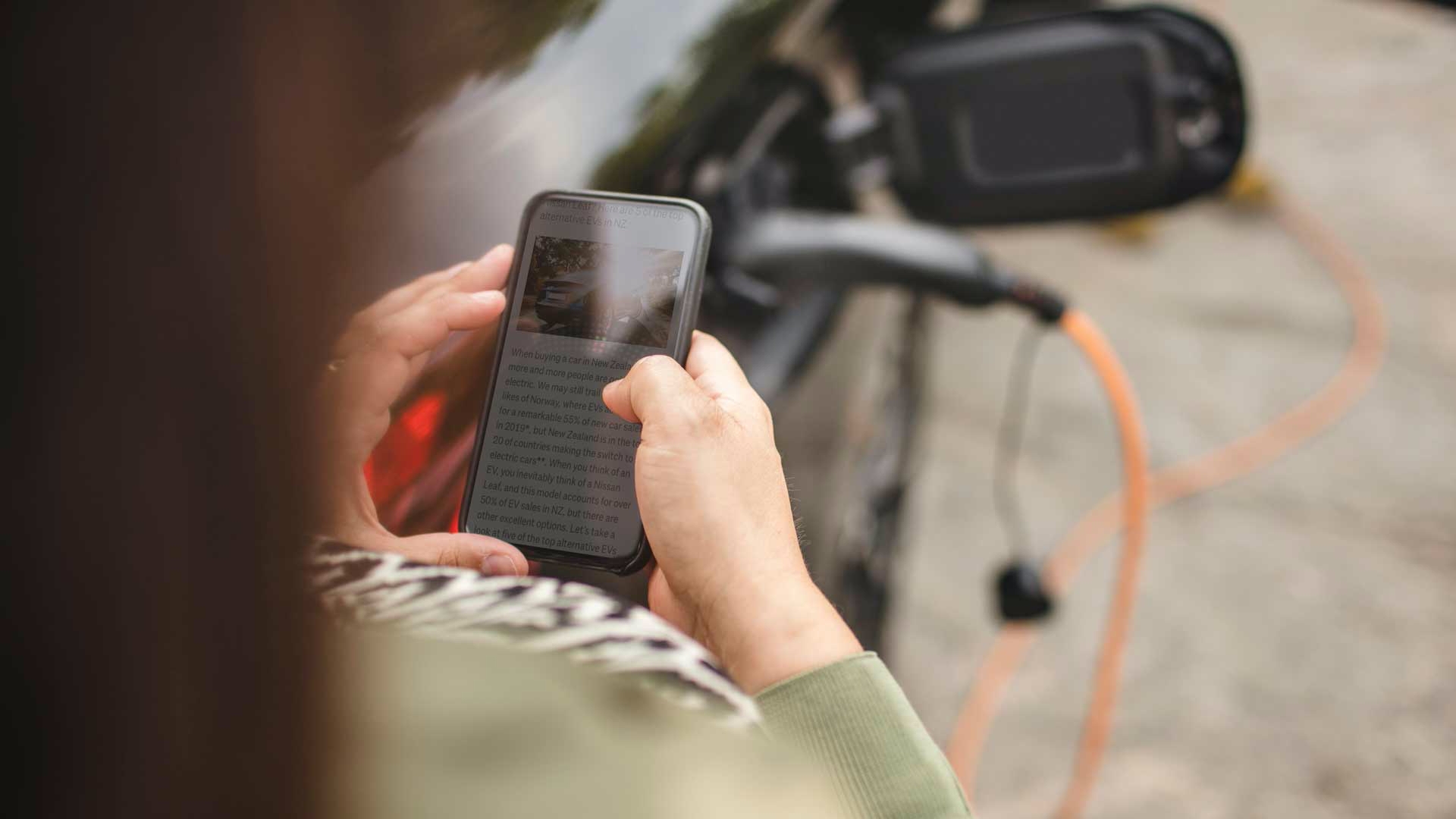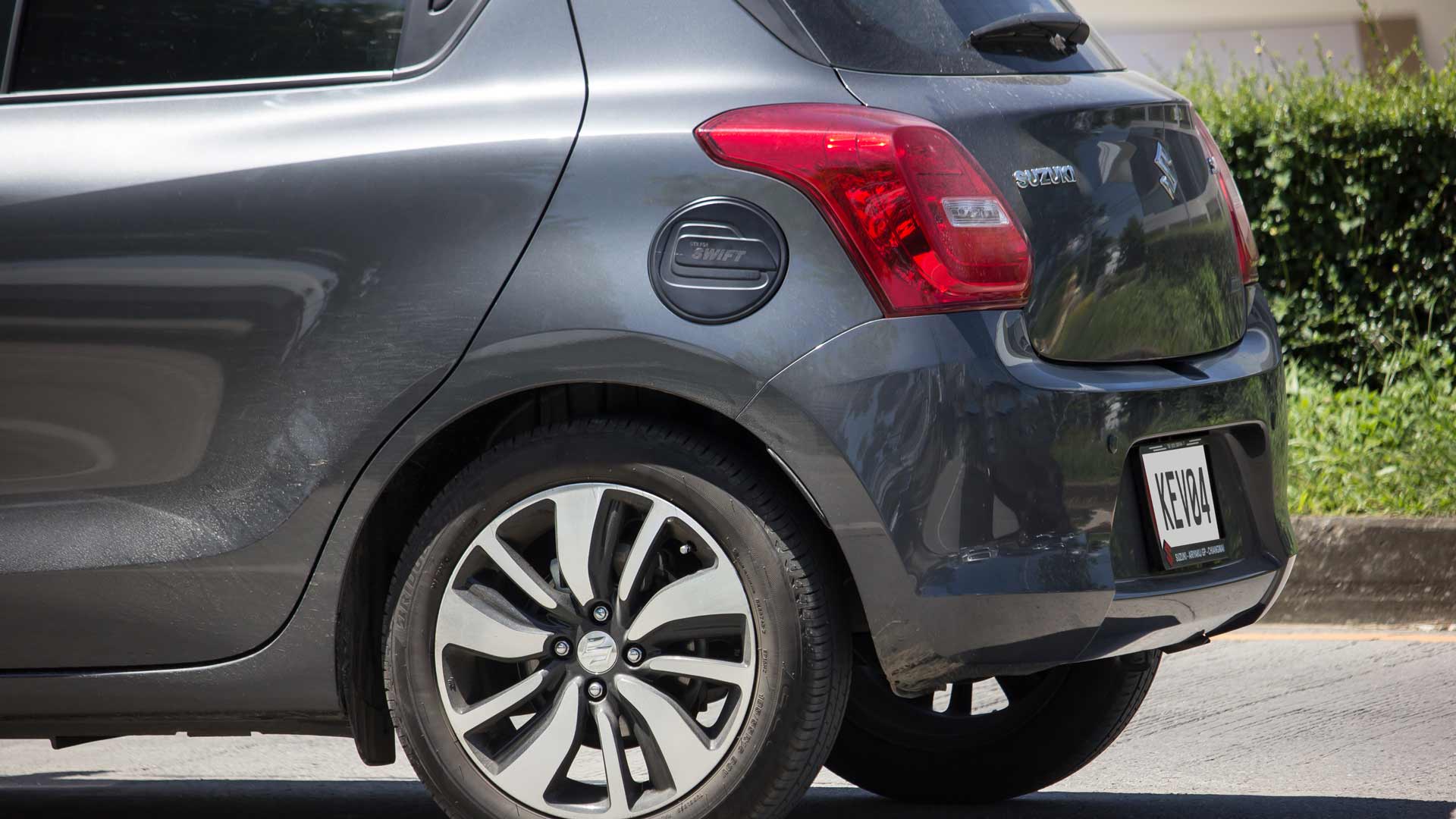Feature article
10 steps to finding the right car for you
Finding the right car can feel daunting and complicated, but it doesn’t have to be if you use our 10 steps for success.
Finding the most suitable car for you can feel like a daunting and complicated task, but it doesn’t have to be. Once you have a full grasp of every step of the process, you’re going to feel ready to secure your ideal vehicle. The good news is that we’re here to help with our 10 step guide to finding the right car for you. Let’s get cracking.
1) Why do you need the car?
There’s nothing wrong with letting the heart rule the head from time to time, but it’s advisable to approach buying a car with a healthy dose of pragmatism. Think about why exactly you need the car and how you’re going to use it. To find your ideal car, you need to think about what you’ll need to harmonise with your lifestyle and the make-up of your family unit.
If you’re looking for a car primarily as a leisure wagon for weekend pursuits and activities, that needs to be factored into your thinking too, but most of us will need the car for more practical and functional reasons, so here are some things to keep in mind:
- How many passengers do you need room for?
- What type of driving do you generally do? Town and city or country and off-road?
- Do you spend a lot of time commuting and need to be fuel-economy conscious?
- What are must-have car features for you? Things like reverse cameras, infotainment options etc.
- You want a car with a good safety rating, but what safety features are most important to you? These include the likes of autonomous emergency braking, emergency brake assist, electronic stability control, and adaptive cruise control.
- How much storage capacity do you need?
- Do you need to be able to fit car seats for your little’uns?
- Will you be doing any towing of large items?
- How much off-street parking space do you have?
2) What’s your budget?
Having a solid understanding of your car buying budget is essential. Unless you’re in the enviable position of being able to pay the entire cost of your car upfront, you’re also going to need to look into your finance options and what repayment amounts are manageable on your budget each month.
Are you wanting to buy new or used? You’ll most likely be able to get a used car for a better price, but that doesn’t mean you should totally discount a new vehicle. The important thing is to make sure you don’t overstretch yourself financially in purchasing the car, and that any necessary repayments are manageable alongside the other ongoing ownership costs.
3) Look into the ongoing costs of ownership
This one is every bit as important as knowing your upfront budget. Just because the initial outlay on the vehicle is acceptable, the costs for running and maintaining it over the longer-term might prove a little less palatable. There’s also the risk that a car which can be purchased for a pleasingly low price will end up being an expensive acquisition over the lifetime of ownership.
To estimate the long-term ownership costs of the car you’re interested in, you need to think about:
- how much its value is going to depreciate over the coming months,
- the ongoing costs of filling the tank,
- potential maintenance costs to keep it roadworthy,
- repair expenses and how costly replacement parts are likely to be,
- insurance costs on the vehicle,
- the cost for rego and WoF,
- RUC charges if it’s a diesel powered engine.
4) Consider other types of cars in the same class
We totally get it – you’ve got your heart set on a specific car. It’s perfectly understandable, but what harm will it do you to perform some due diligence and consider other potential car options in the same class? It’s amazing how quickly you can go from, “this is definitely the one for me!” to, “hang on, maybe that other one is the better option…”.
At this stage of your car finding process, it’s good to keep plenty of options on the table. Search by body type, seat numbers, safety ratings, or whatever factors of your preferred car are most important to you, and have a look at what else is available. You never know, you might find something even more ‘right’ for you, but for less money. And if you do still end up going back to your original preference, at least you’ll be doing so with an even greater sense of certainty and confidence in your decision.
5) Research your options
Back in the day, you had to cruise from dealership to dealership to check out the cars on offer. While this can still be a fun thing to do, you now have other options and can do most of the work from the comfort of your own home. New or used, sold privately or from a dealership – there are masses of options available for your browsing pleasure.
If you’re still on the fence about certain aspects of your next car, a good search through some available listings will help hone your focus and enable you to close in on the best choice for you. You can be remarkably specific with your car search these days, so there really is nothing stopping you from doing some comprehensive research, research, research!
6) Think about buying privately or from a dealer
Buying a car privately or from a dealership can be two very different experiences, and each have their pros and cons. Here are the key points to consider when choosing where to buy your car:
- Buying your car from a dealer means you’re covered by the laws that dealers must abide by, including the Consumer Guarantees Act and the Fair Trading Act, among others.
- If the car you buy has debts owing, the dealer will be liable (unless it was specifically pointed out to you in writing prior to the sale).
- Some cars purchased through a dealer come with a guarantee or warranty, which means the dealer is liable if anything goes wrong with the car within a certain period of time.
- When buying privately there are lots of options under $10k.
- With a private purchase you have a greater chance of getting a bargain.
- A private seller is highly unlikely to attempt any upselling tactics or adding of additional costs.
- With the arrival of Background Check on all private vehicle listings, you can buy privately with more confidence than ever.
- Whether buying from a car dealer or privately, you should always get a mechanical inspection.
7) Go for some test drives
By now you should be starting to have a clear idea of what your best next car options are, so it’s time to get out there for a spin. No matter how much online research you do and how much you’ve learnt about the cars you like, nothing can replace the experience of actually driving the thing.
A thorough test drive is crucial to ascertain if the vehicle is 100% right for you and it’s a great idea to test drive a decent variety of potential cars to see which suit you best. You never know, a car that you previously had at the bottom of your preferred options might shoot to the top of your list after you’ve actually driven it.
8) What to look for on a test drive
When test driving the car, think about how you’re going to use the vehicle on a daily basis and what you need from it. Make sure to:
- Observe key details and pay close attention to the small things. Something seemingly innocuous at first glance could become a serious frustration three months into ownership.
- Comprehensively inspect the car before you set off. Check out the interior, the seating, legroom, boot capacity – if you’re going to be using child seats, take one along and see how it fits in the car.
- Plan a route for your test drive in advance.
- Don’t rush the drive – you need at least 25/30 minutes for an accurate assessment.
- Drive on a variety of roads – different surfaces, up and downhill, test how comfortable the car is to park in different scenarios.
- Try various directions – see how the car reverses, as well as driving forwards.
- Check the driver visibility.
- Listen to how the engine sounds.
- Find a safe location and test the brakes.
- If you perform the test drive in the company of the dealer or private seller, make sure you don’t allow them to distract you from you from making some crucial observations on how the car handles.
- It’s also a good idea to enlist a trusted companion to accompany you on the test drive. They can offer a second opinion and might spot a few crucial details you’ve missed, and will also offer safety if you’re visiting a stranger to test drive a privately sold car.
9) Choose your car
After test driving a good number of cars, your choice should be pretty clear. If not, don’t be afraid to take a little more time, go on a few more test drives and make sure you have enough time to make the right decision. Buyer’s remorse is never pleasant and even more so in the case of buying the wrong car.
It’s also important to remember that there’s no such thing as the 100% perfect vehicle. There are often compromises to be made and the key is making sure you buy the car that ticks more of your boxes than not and gives you the highest probability of years of safe, reliable, happy driving. You’re likely to have a good number of excellent car choices, and just need to go with what feels most right for you and your circumstances.
10) Buy it!
This is the really exciting bit – buying your car! You’ve done your research, looked into the finances, taken some test drives and can be confident that you’ve made the right choice – it’s time to pull the trigger on your purchase and get that beauty out on the road for some quality drivetime. There are few things in life as invigorating and pleasurable as taking ownership of your next car, so it’s important to savour this step.
Happy driving and enjoy your new wheels!
Other articles you might like









